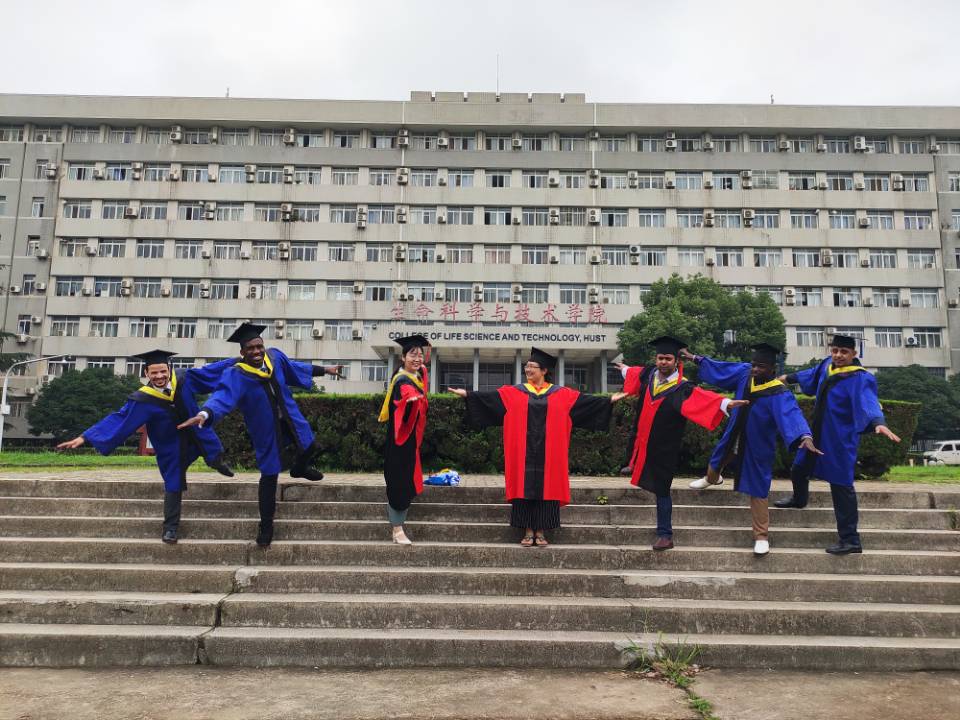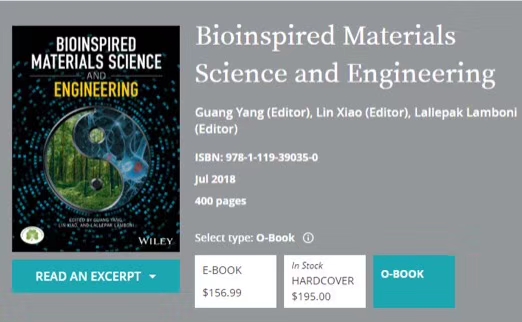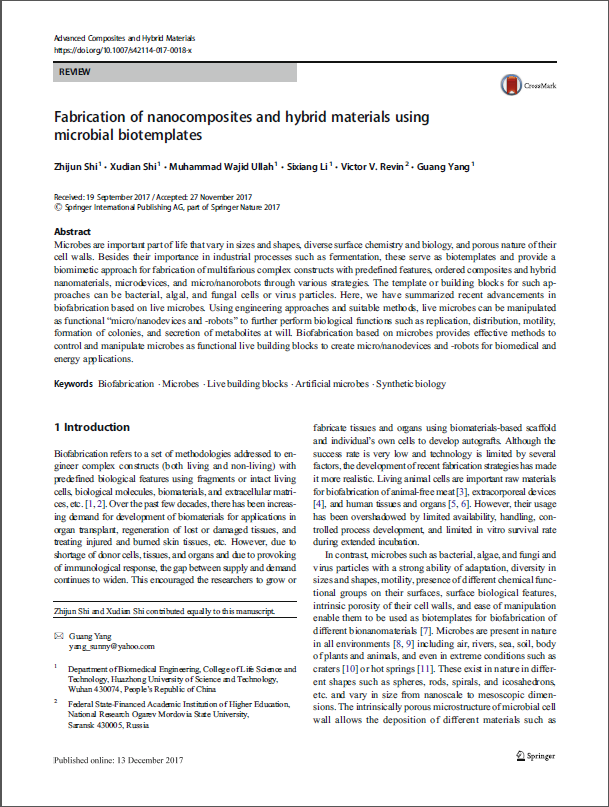Undergraduate course
First, the curriculum teaching objectives
Enzyme engineering as an applied discipline, is an important part of biotechnology. Through the study of this course, students can master the basic principles of enzyme engineering, basic technology and basic experimental operation skills, to understand the direction of the development of the discipline, the theory can be linked to the actual analysis and solution to the specific problems in the hair enzyme project, thereby enhancing Scientific research and design.
Second, the basic teaching content and hours of the arrangements
1. Basic theory of enzyme (2 hours)
Enzyme catalysis
Factors that affect enzyme catalysis
Substrate concentration
Enzyme concentration
The effect of temperature
PH effect
Inhibitors and activators
Classification and naming of enzymes
Classification and Nomenclature of Protein Enzymes (Pases)
Classification and Nomenclature of Nucleic Acid Enzymes (R Enzymes)
2. Enzyme activity determination (2 hours)
Enzyme activity determination method
Enzyme activity units
The number of conversions of the enzyme and the catalytic cycle
Determination of Immobilized Enzyme Activity
Enzyme production
Microbial fermentation
Producing microbes
Fermentation Production Measures to Improve Enzyme Production
Enzyme biosynthesis pattern
Immobilized microbial cell fermentation
3. Plant and cell culture (2 hours)
Plant cell culture
Animal cell culture
Enzyme Extraction and Separation Purification
Enzyme extraction
Cell broken
Enzyme extraction
4. Isolation and purification of enzymes (2 hours)
Precipitation separation
Centrifugal separation
Filtration and membrane separation
Chromatography separation
Electrophoretic separation
Extraction separation
crystallization
Concentrated and dried
5. Enzyme modification (2 hours)
Metal ion replacement modification
Macromolecule combination modification
The side chain of the enzyme molecule is modified
Peptide chain limited hydrolysis modification
6. Nucleotide chain cleavage, displacement modification (2 hours)
Nucleotide cleavage modification
Nucleotide substitution modification
Amino acid substitution modification
Physical modification of enzyme molecules
Application of Enzyme Molecular Modification
In the application of enzyme research
In the application of medicine
7. Application in industry (2 hours)
In the application of antibody enzyme research and development
In the application of nucleic acid enzymes in artificial transformation
Application in Enzymatic Reaction of Organic Media
Orientation evolution of enzyme molecules
Overview
Introduction
history
8. Oriented evolution strategy (2 hours)
Error-prone PCR technology as the representative of the asexual evolution
DNA restructuring technology as the representative of the sexual evolution
Gene family of homologous recombination
Exon reorganization
Hybridase
Computer Aided Design
The Construction and Application of Mutation
Application of Oriented Evolution
Improve the catalytic activity of enzyme molecules
Increasing the directional evolution of enzyme molecular stability
Adapt to the artificial environment to improve the evolution of enzyme activity or stability
Increased Substrate Specificity Increases Evolution of New Substrate Catalytic Activity
Enantioselectivity Oriented Evolution
Transformation of catalytic reaction specificity
9. Immobilization of enzymes (2 hours)
Enzyme immobilization
Enzyme immobilization method
Characteristics of immobilized enzymes
Application of immobilized enzyme
Cell immobilization
Cell immobilization method
Microbial cell immobilization
Plant cell immobilization
10. Enzyme Reactor (2 hours)
Type of enzyme reactor
Mixing tank reactor
Packed bed reactor
Fluidized bed reactor
Bubbling reactor
Membrane reactor
Jet reactor
Enzyme reactor selection
The reactor is selected according to the reaction form of the enzyme
The reactor was selected according to the kinetic properties of the enzyme reaction
The reactor is selected depending on the physicochemical properties of the substrate or product
11. Enzyme reactor design (2 hours)
Determine the type of reactor
Determine the manufacturing material of the enzyme reactor
Carry out heat balance
Carry out material balance
The operation of the enzyme reactor
Determination of enzyme reaction conditions and its regulation
Enzyme reactor operation precautions
12. Application of enzymes (2 hours)
Enzyme in the application of medicine
Enzyme in food applications
Enzyme in light industry, chemical applications
Enzyme in the application of environmental protection
Enzymes in the field of biotechnology applications
Third, teaching materials and reference books
Teaching materials: new biotechnology (above and below). Yu Juntang, etc. Chemical Industry Press, 2003
Enzyme Engineering (Second Edition). Guo Yong. Science Press, 2004
reference book:
1. Microbiology Engineering. Cao Junwei, etc. Science Press, 2002
2. Biochemical production technology. Mei Le and other editors. Science Press, 1999
3. Microbial Engineering Process Principle. Yao Ruhua editor. South China University of Technology Press, 1996
4. Biotechnology (above and below). Yu Juntang and other editors. East China University of Science and Technology Press, 1998
5. Principles of Fermentation Technology. (2nd Edition),
Peter F. Stanbury, Allan Whitaker, Stephen J. Hall, Pergamon, 1995
6. Production and Application of Enzymes. Guo Yong. Chemical Industry Press
7. Enzyme Engineering. Luo Guimin. Chemical Industry Press, 2002
8. Microbial Enzyme Conversion Technology. Song Xin. Chemical Industry Press, 200






